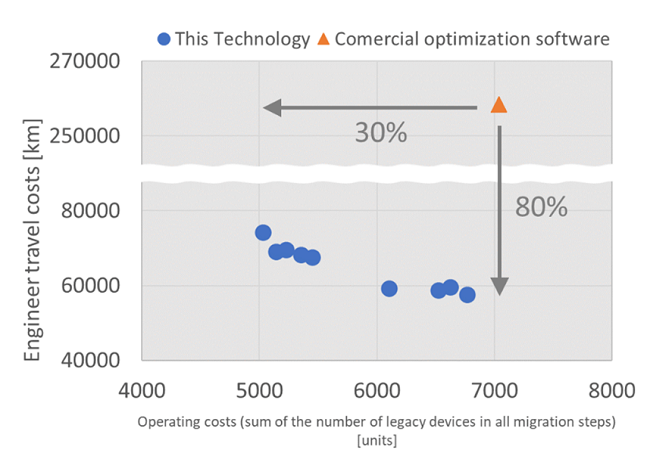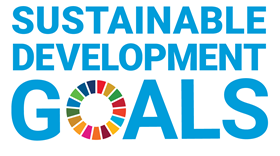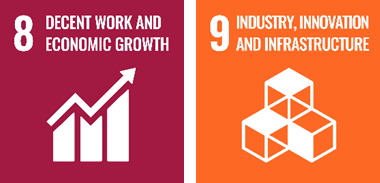
Fujitsu and University of Toronto optimize network transformation with Digital Annealer to help customers significantly cut network operations costs
Fujitsu Limited
Tokyo, March 8, 2023
Fujitsu today confirmed the effectiveness of Fujitsu's Quantum-inspired Digital Annealer (1) technology (2) for optimizing the transformation process of legacy telecommunications networks. The project, the result of joint research conducted with the University of Toronto (3) between April 2021 and February 2023, marks the first time in the world that quantum inspired technology has been applied to network modernization.
Fujitsu has derived a combinatorial optimization formula and developed a solution using the Digital Annealer to find the best circuit migration plan, which plays a crucial role in the rapid and cost efficient transformation of legacy networks. This approach allows Fujitsu to help network operator customers reduce the operating costs of legacy facilities by up to 30% and the transportation costs of engineers by up to 80% during the migration period compared with conventional commercial optimization software.
Fujitsu, through its network business, will deliver this technology to network operator customers in North America, which leads the way in network modernization. Further research and development will be conducted on new applications of this technology. Fujitsu aims to leverage the Digital Annealer to create new value and enhance its customers’ competitiveness across a number of industries, and ultimately contribute to greater sustainability for industry and society as a whole.
Details of the technology will be presented at the international conference The Optical Fiber Communication Conference and Exposition (OFC) 2023 to be held March 5 – March 9 in San Diego, United States.
Quantum-inspired optimization significantly streamlines network migration
Traditionally, network equipment has been regularly updated and replaced to maintain the integrity of networks. In many cases, however, this work has been for small networks, and network operators have conducted migration planning manually. For today's wide-area networks in countries and regions where the need to migrate is urgent, large numbers of circuits and network elements are complexly interrelated, and the combination of possible circuit migration sequences is 10 to the power of 150 or more even for a case of small network. This essentially renders it impossible to manually derive the optimum combination from these variables within a practical timeframe.
As part of joint research with Professor Shahrokh Valaee and his team at the University of Toronto, Fujitsu has derived combinatorial optimization formulation for searching the circuit migration sequences that minimize costs using the Digital Annealer and analyzed performance of multiple large-scale networks examples with dozens of network elements and hundreds of circuits. Digital Annealer significantly reduces the search space of variable combinations, making it possible to rapidly generate an optimal migration sequence. For the trial, Fujitsu has developed an algorithm that represents the optimization problem with two-way, one-hot constraints (4). This made it possible to carry out searches that take advantage of the strengths of the Digital Annealer, achieving significant improvement in speed to conduct the network modernization.
 Figure 1: Results of cost reduction
Figure 1: Results of cost reduction- [1]Digital Annealer :
Domain specific computing technology that specializes in solving combinatorial optimization problems that are difficult to solve with current general-purpose computers. - [2]Quantum-inspired technology :
A number of arithmetic acceleration technologies inspired by quantum technology, but not quantum effects. - [3]The University of Toronto :
Founded in 1827, the University of Toronto has evolved into Canada’s leading institution of learning, discovery and knowledge creation. One of the world's top research-intensive universities, the university offers 700 programs of study at its three campuses in the Greater Toronto Area and has full affiliations with nine teaching and research hospitals. For more information, visit utoronto.ca. - [4]The optimization problem has a rule called "two-way one-hot constraint" where the variables to be searched are arranged in a matrix by 0 or 1 and there is only one variable that takes 1 in each row and column.
Related Links
Fujitsu’s Commitment to the Sustainable Development Goals (SDGs)
The Sustainable Development Goals (SDGs) adopted by the United Nations in 2015 represent a set of common goals to be achieved worldwide by 2030.
Fujitsu’s purpose — “to make the world more sustainable by building trust in society through innovation” — is a promise to contribute to the vision of a better future empowered by the SDGs.


About Fujitsu
Fujitsu’s purpose is to make the world more sustainable by building trust in society through innovation. As the digital transformation partner of choice for customers in over 100 countries, our 124,000 employees work to resolve some of the greatest challenges facing humanity. Our range of services and solutions draw on five key technologies: Computing, Networks, AI, Data & Security, and Converging Technologies, which we bring together to deliver sustainability transformation. Fujitsu Limited (TSE:6702) reported consolidated revenues of 3.6 trillion yen (US$32 billion) for the fiscal year ended March 31, 2022 and remains the top digital services company in Japan by market share. Find out more: www.fujitsu.com.
Press Contacts
Fujitsu Limited
Public and Investor Relations Division
Inquiries
All company or product names mentioned herein are trademarks or registered trademarks of their respective owners. Information provided in this press release is accurate at time of publication and is subject to change without advance notice.
Date: 8 March, 2023
City: Tokyo, Japan
Company: Fujitsu Limited

